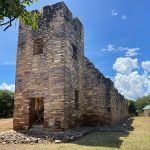Zambia Through The Ages:
A Walk Down Memory Lane
1964 Flag Raised and Independence Declared – A Wind of Change in Mother Zambia
Most people who were old enough to comprehend the significance of this moment speak of it like it was yesterday. At 23:56 on 23rd October 1963, Zambians rose in reverence of the Union Jack, the de facto national flag of the United Kingdom, for the last time as it lowered, signifying the end of British rule in Zambia. At precisely 00:01 on 24th October 1964, a hush fell over the stadium as the national flag of a newly independent Zambia was hoisted for the first time. A thunderous jubilation filled the stadium as fireworks exploded overhead, glittering across the night sky. At long last, like a bird set free, Zambia spread her wings.
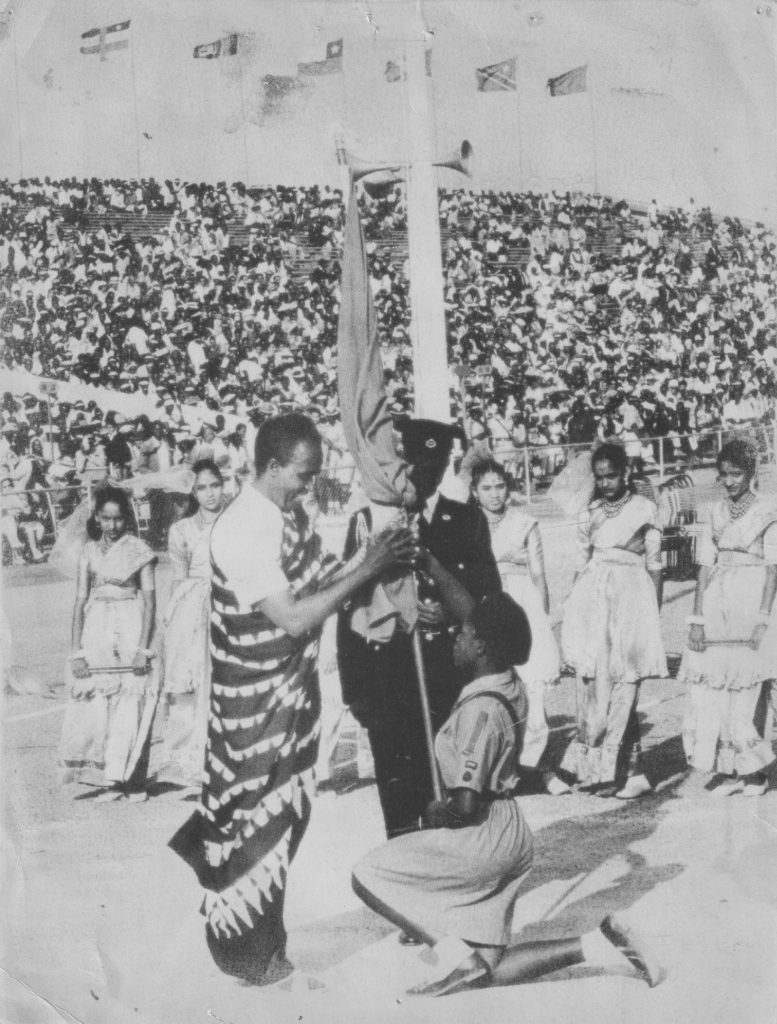
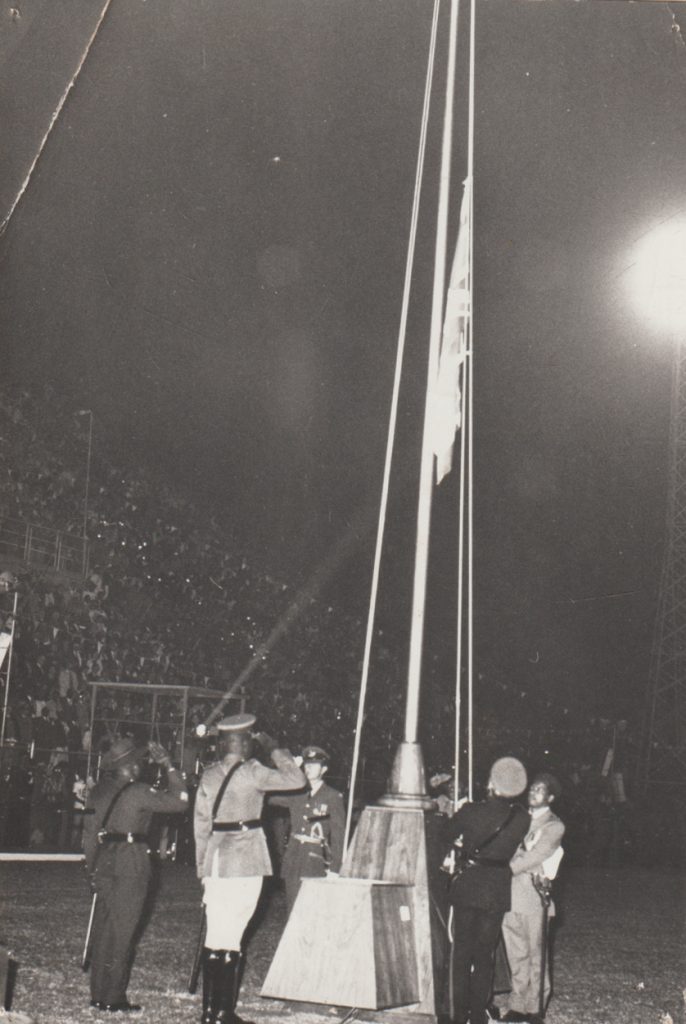
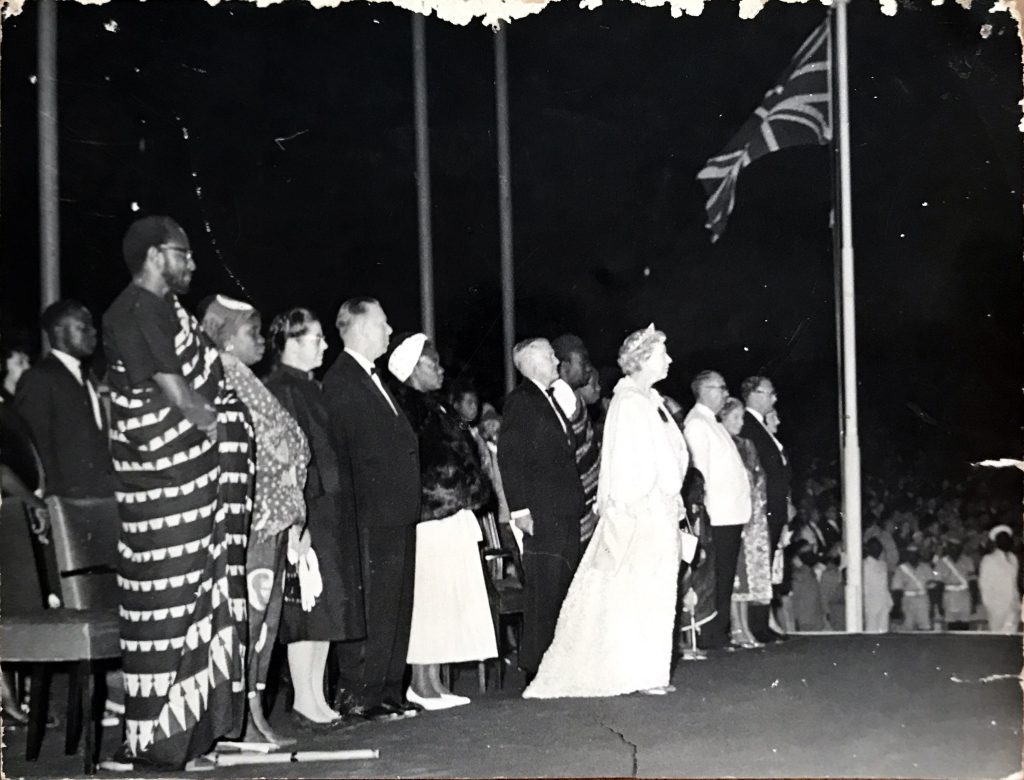
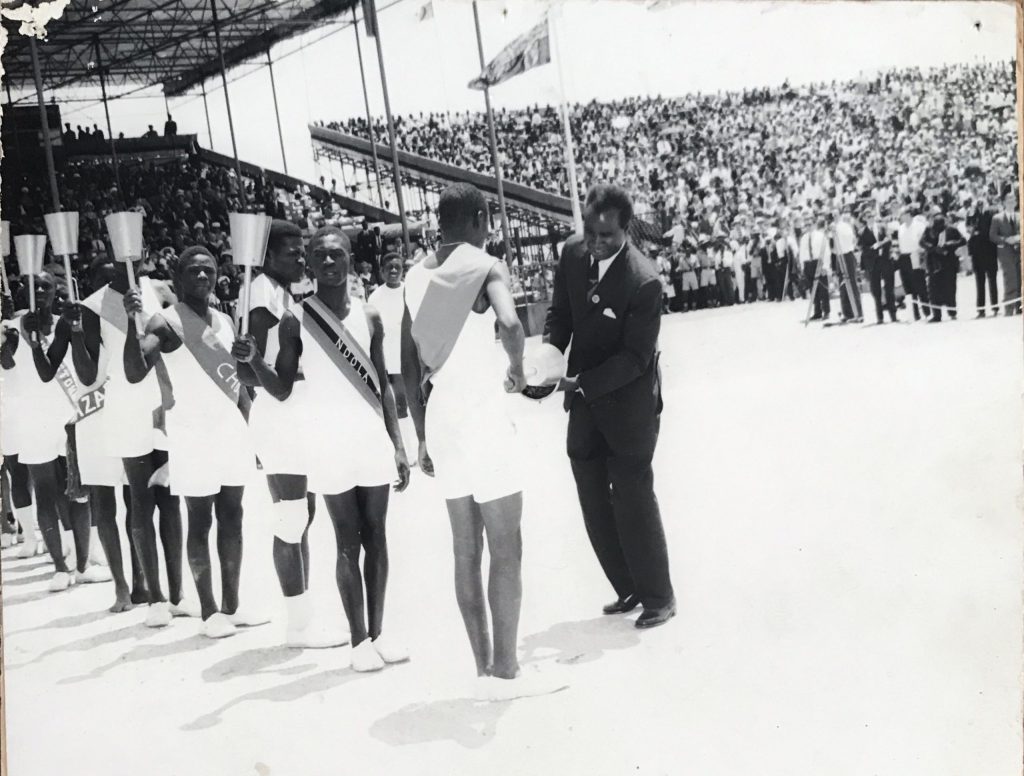
1966 Zambia’s First University is Opened – An Act of Patriotism and the Start of a Bright Future Ahead
The eyes of the world were on Zambia as it embarked on a four-year development plan. As a former protectorate, it now required Zambians to fill professional roles. The Zambian people rallied to build the country’s first university, pooling resources to aid its construction. Zambians in the diaspora sent what they could. Those who could not donate money donated crops and animals. The poorest even volunteered their labour. At the grand opening, President Kaunda stated, “Let this self-sacrifice on the part of the poor people never be forgotten for generations to come. Let it remain an inspiration to all so that every good that shall come out of this building be to the greater glory of people.”
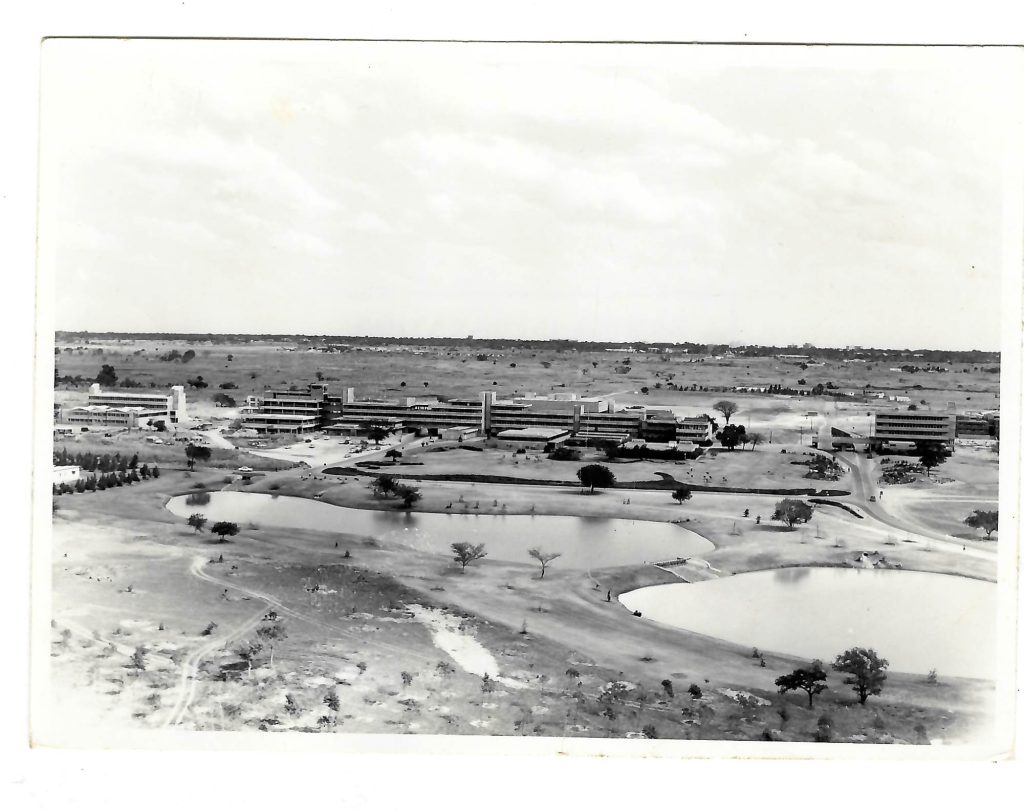
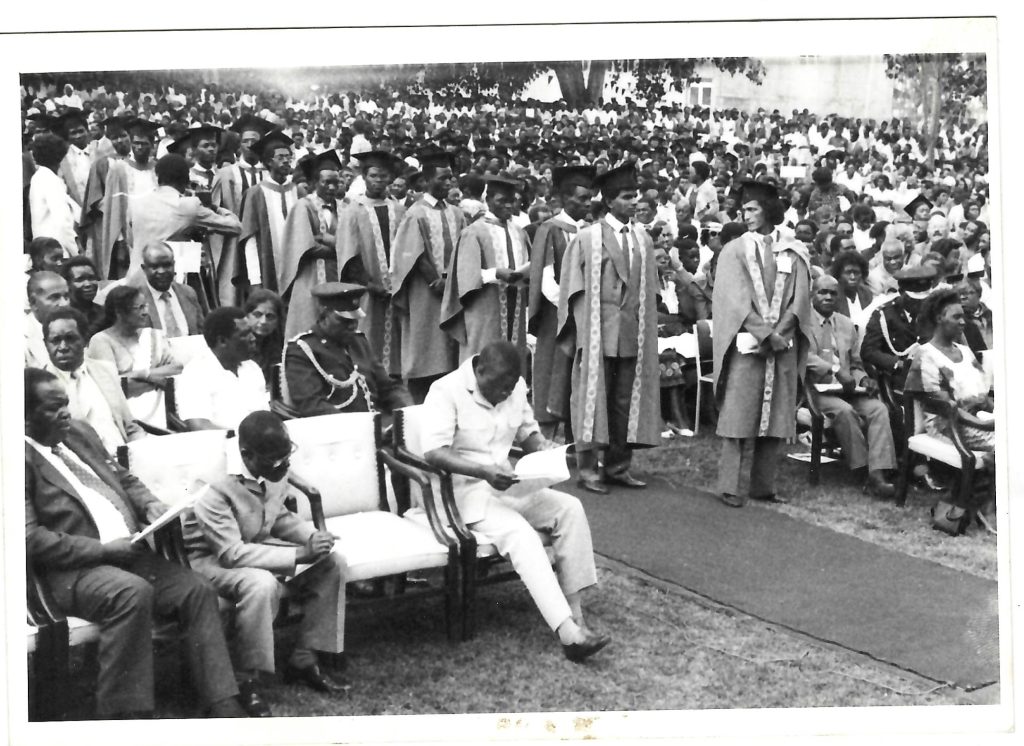
1969 Zambia’s First Currency is Unveiled
After independence, Zambia employed Zambian Pounds as its first currency and shillings to denote smaller denominations, but by 1968 a new, truly Zambian currency was in the works and in 1969, the first Zambian Kwachas and Ngwees entered into circulation. The first 50 Ngwee coin depicted a maize cob, the slogan, “Grow more Food for Mankind”, and Dr Kaunda’s profile on the reverse.
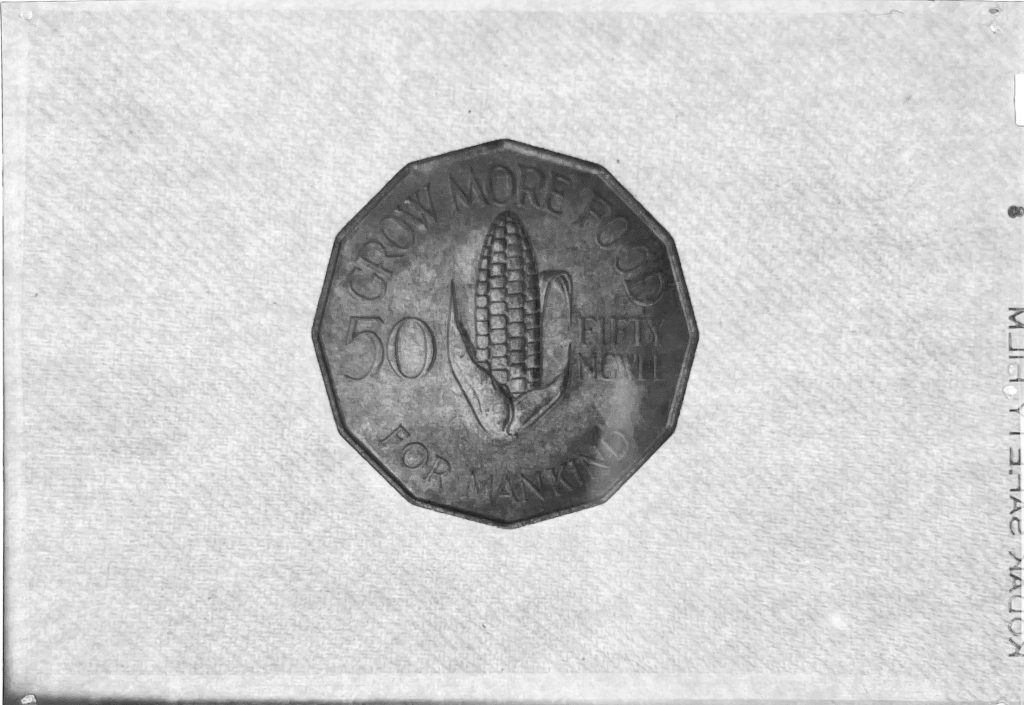
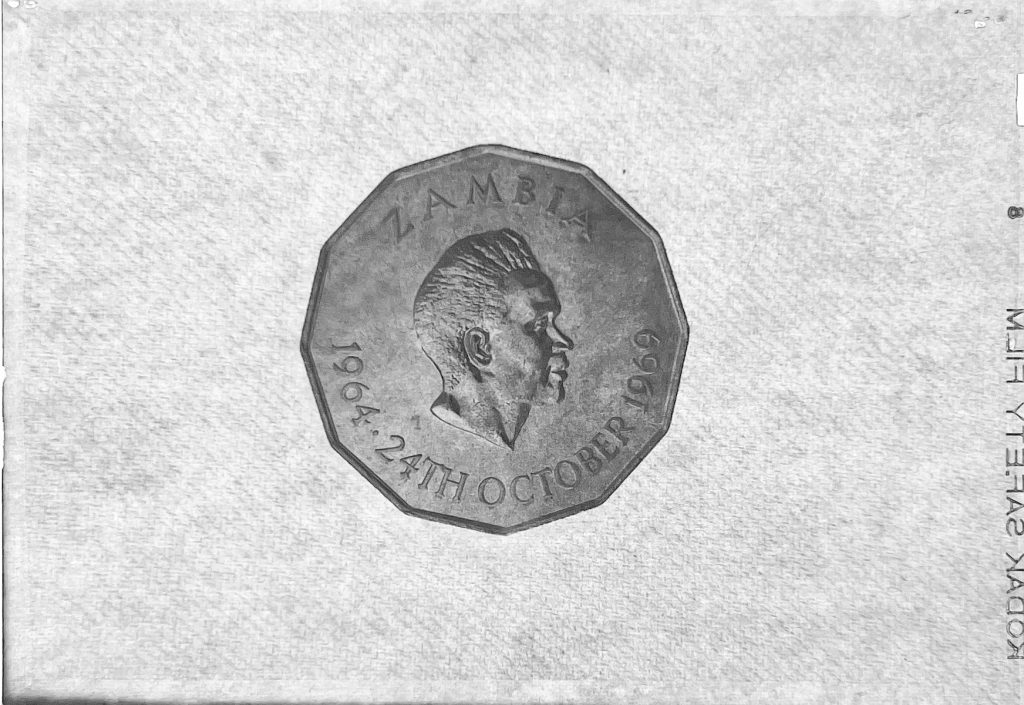
1970 Zambia – Tanzania Railway Constructed – Central and Southern African States Connect
Despite being independent, Zambia was economically tied to Southern Rhodesia as copper was still dependent on Rhodesian Railways via the Victoria Falls Bridge to Mozambique. Determined to prove that Zambia was capable of self-management, President Kaunda lobbied for a railway to connect Zambia to the Tanzanian port. The Tanzania-Zambia Railway Authority was established in 1968, and by 26th October 1970, track laying had commenced from Dar es Salaam. The railway line is a tribute to exceptional engineering skill, specifically in mountainous terrains where many Tanzanian, Zambian and Chinese workers tragically lost their lives. The railway reached the Zambian border of Tunduma in August 1973 and connected to the Zambian Railways line at Kapiri Mposhi in June 1975.and connected to the Zambian Railways line at Kapiri Mposhi in June 1975.
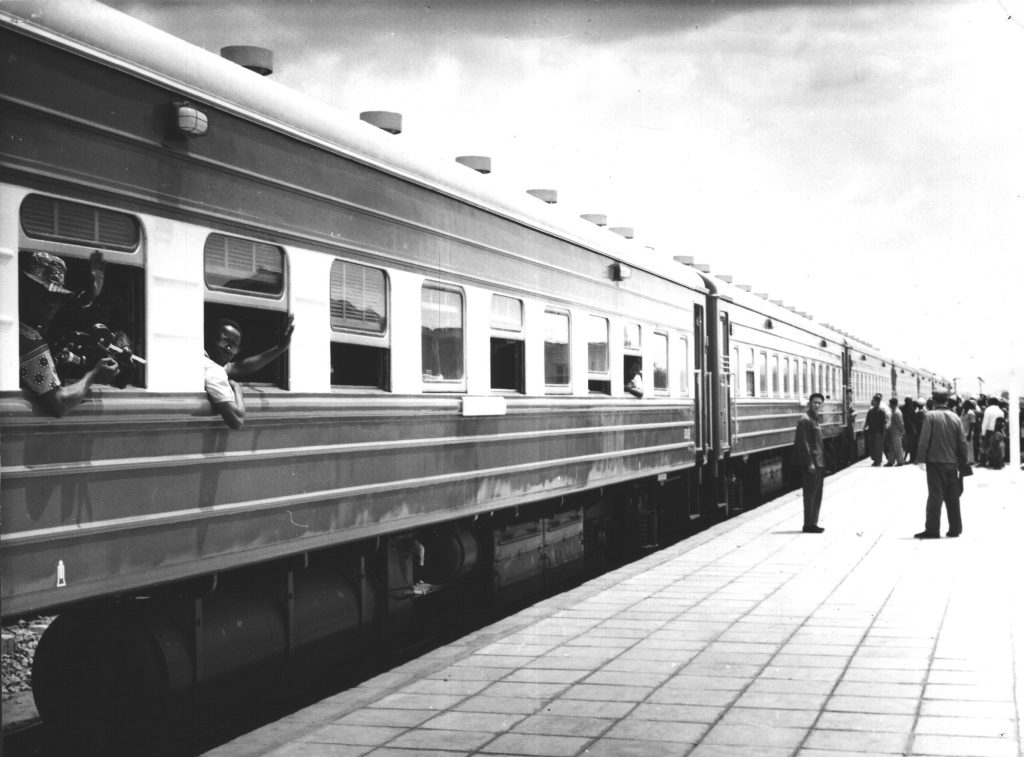

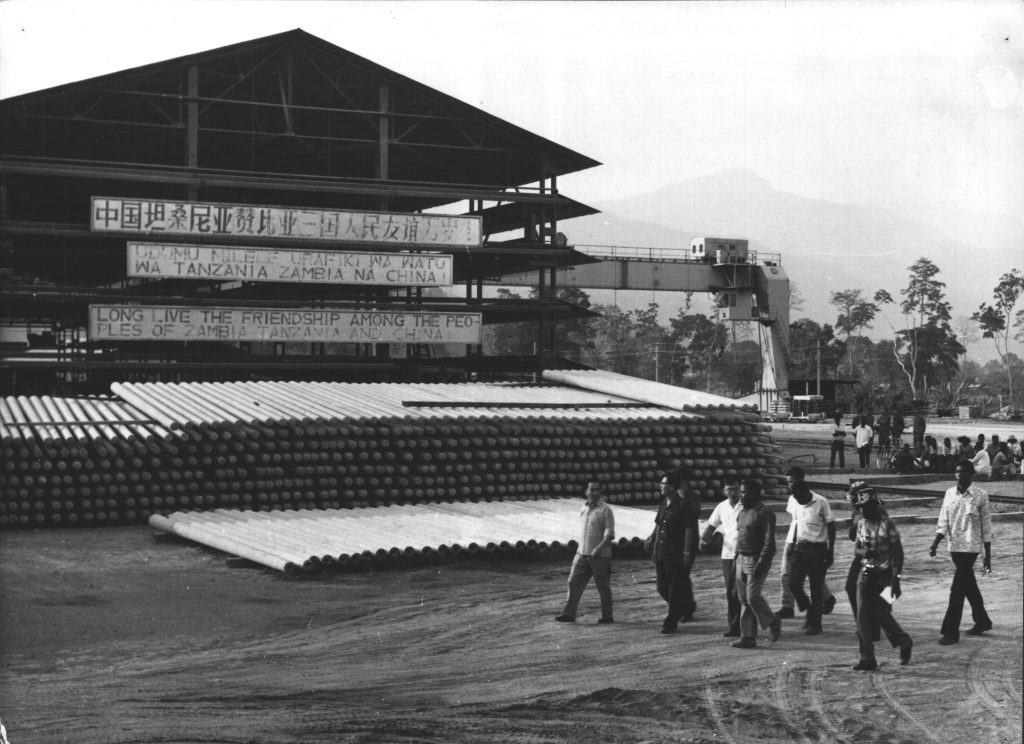
1972 Birth of Zamrock and the Rise of The Zambian Sound
When President Kaunda declared that radios must play 90 per cent Zambian music, this ignited the creativity of local artists who covered popular songs and tapped into their culture and heritage to produce unique Zambian music. By the early 70s, Zamrock, a fusion of traditional African music and various genres of rock music, blues, and funk, had burst onto the scene. Picture this, the raspy growl of a bass guitar solo accompanied by thunderous chants, “We will, we will ZAMROCK you”, like the famous Queen anthem. Bands and artists such as The Witch, Ngozi Family, Dr Footswitch and jazz musicians like Cephas “Mr Summertime” Maseko inspired many other artists to join the musical movement.
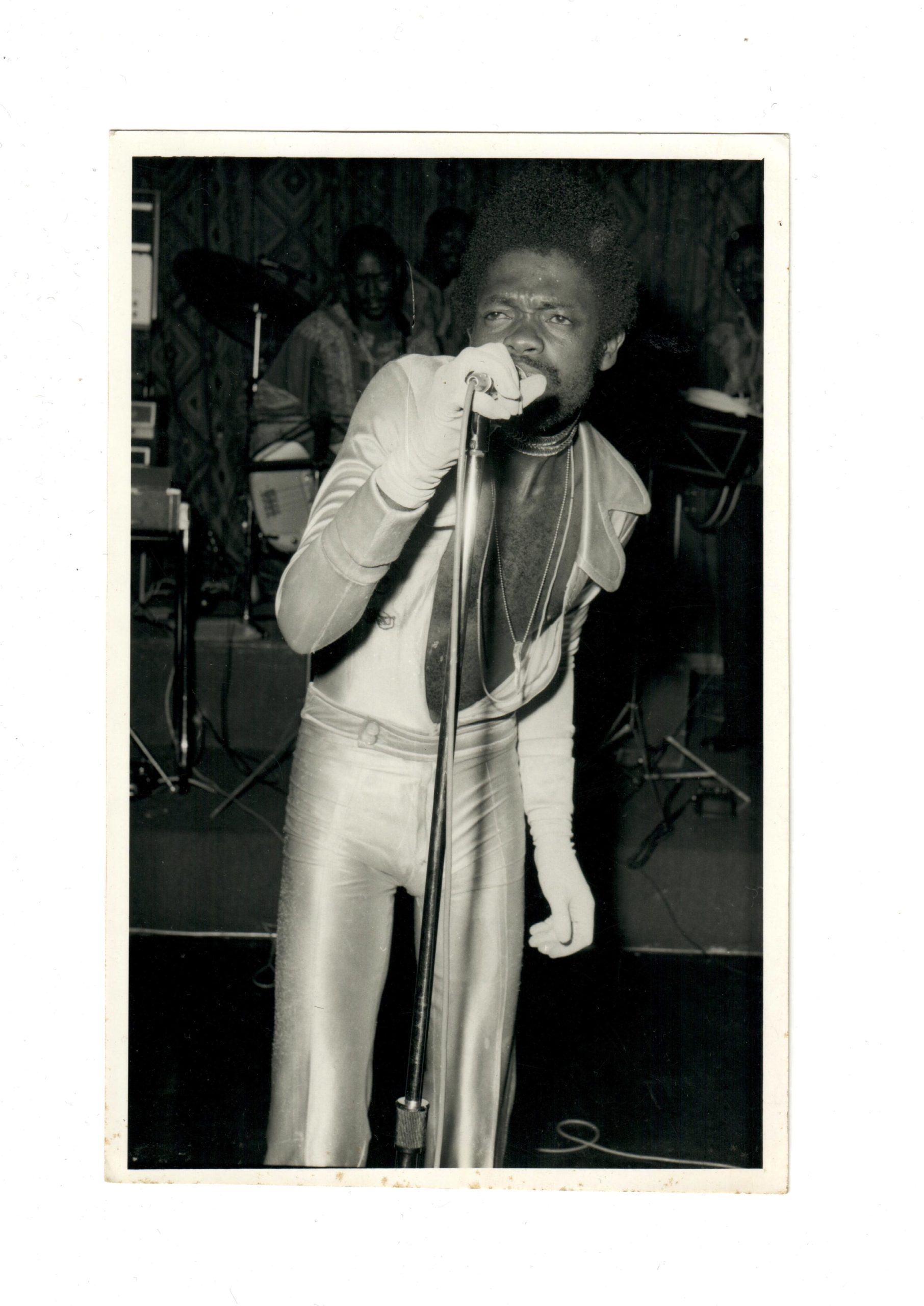


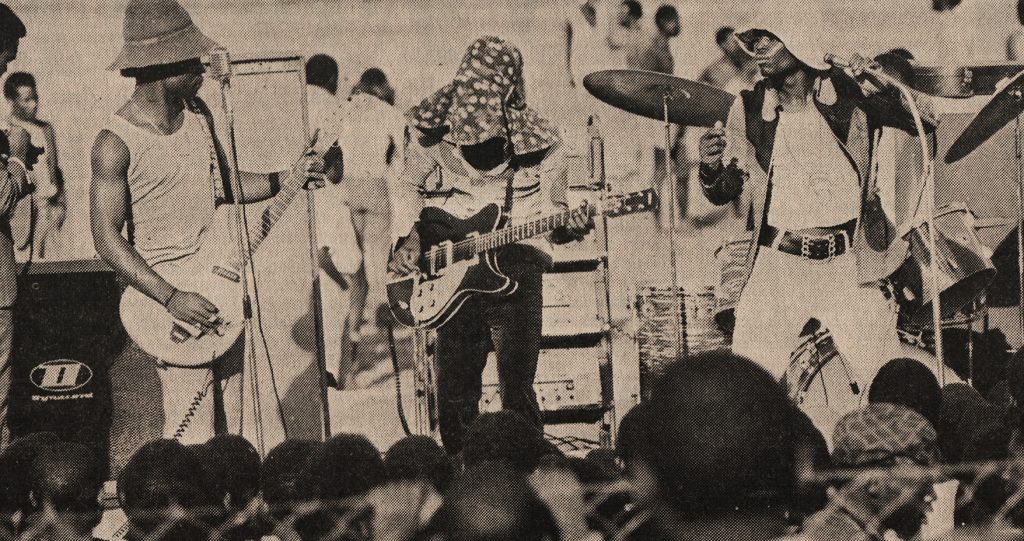
1980 The Copperbelt, Southern Africa’s El Dorado
By the late 70s, Zambia’s copper and mining industry had reached worldwide acclaim, with Zambia producing and controlling 12 per cent of the global copper market. As a result, labourers began flocking to the Copperbelt in search of work in the mines. In response to the region’s growing population, community development training centres were established to educate miners and community members.

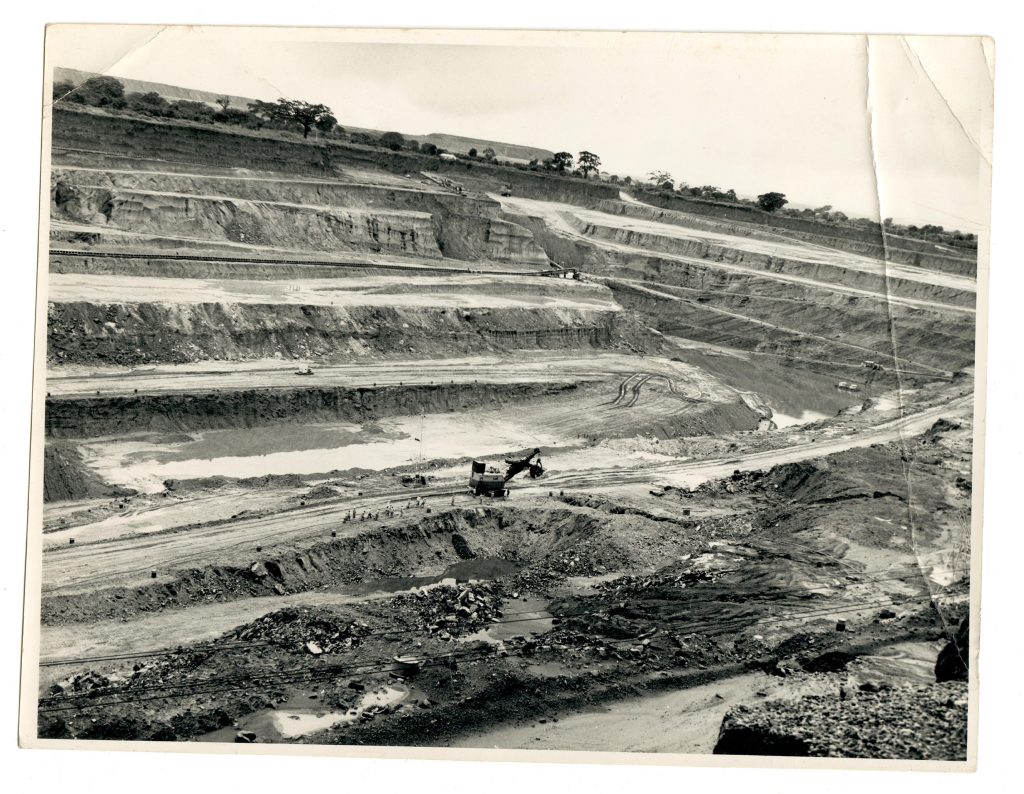
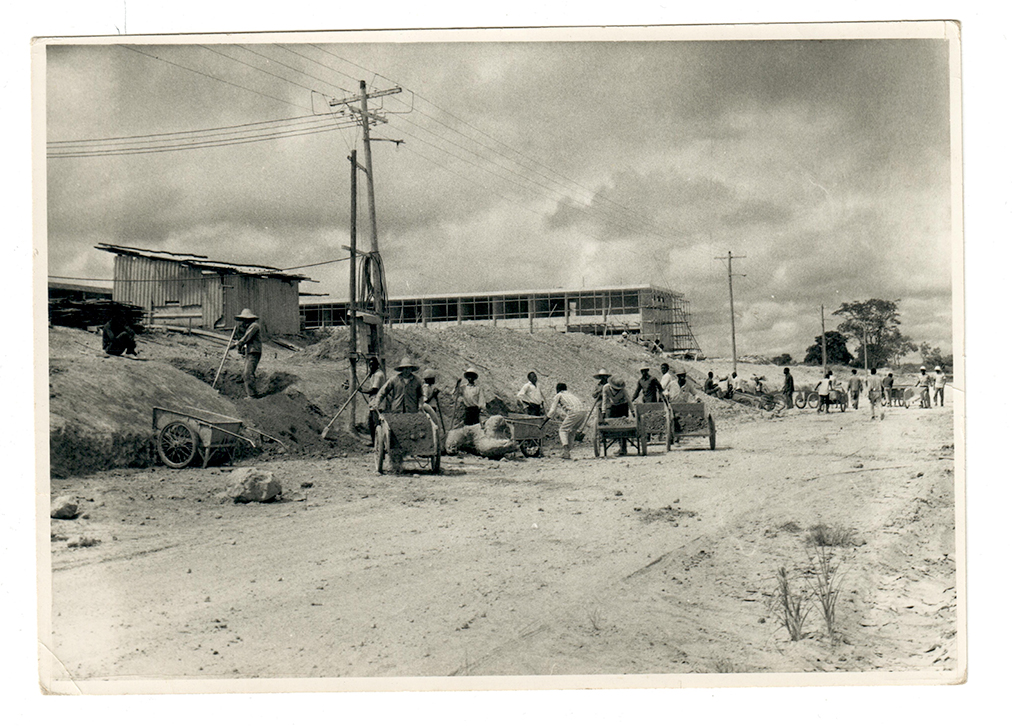
1988 Kalusha Bwalya Named Footballer of The Year – Zambia Ku Chalo (Zambia to the World)
Kalusha Bwalya’s remarkable career came to a head when he scored the famous hat-trick, which led to Italy’s humiliating 4-0 loss. The eyes of the world turned to Kalusha as he was named African Footballer of the Year in 1988 by France Football magazine. Shortly afterwards, he played for the European team PSV, where he spent the next six seasons, winning three championships. Kalusha went on to appear in 87 international matches, scoring 39 goals. Though captain during the qualification for the 1994 World Cup, he was not on the ill-fated flight that tragically claimed the entire team’s lives off the coast of Gabon. He continues to participate in Zambian football actively and fuelling the fire of Zambia’s aspiring football stars.
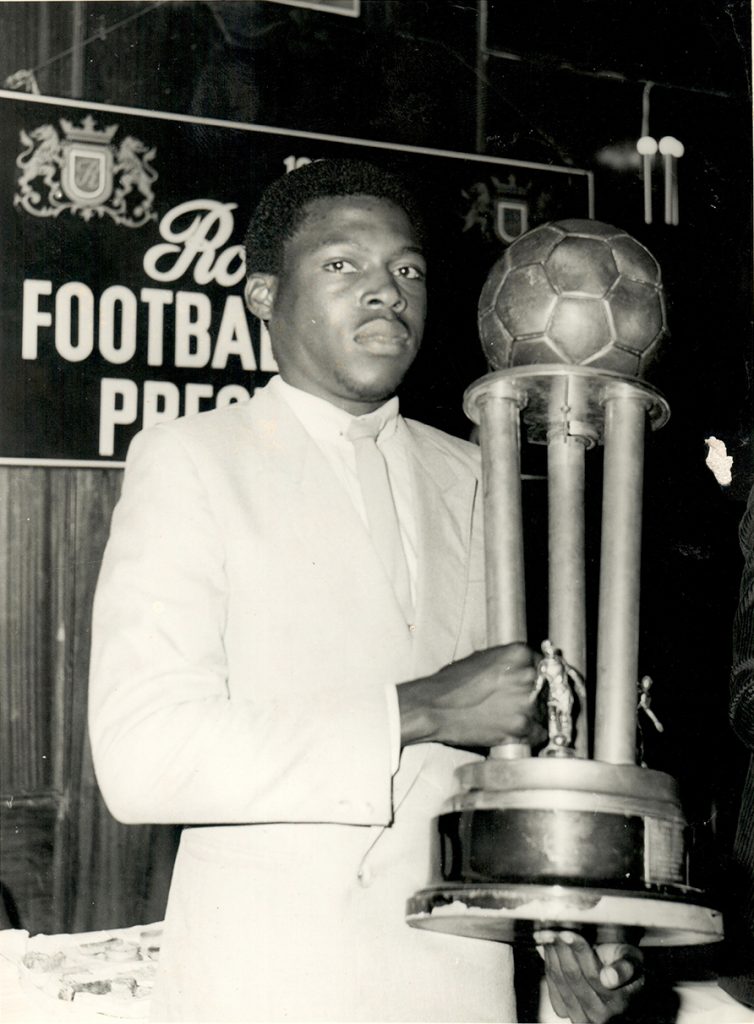

1989 Victoria Falls Declared a World Heritage Site – The Glorious Smoke that Thunders “Gets its Flowers”
Victoria Falls, or Mosi-oa-Tunya (the smoke that thunders), is one of the world’s most aweinspiring natural wonders, with its majestic beauty and sheer grandeur. The breathtaking curtain of falling water draws visitors from across the globe. Here, the Zambezi River’s thundering force plunges into a ravine over 915 metres deep. The resulting spray can be seen from 30km away. In 1989, the UNESCO World Heritage Committee considered the natural phenomenon and inscribed it as a World Heritage Site.

1991 Zambia moves From One Party to Multi-Party Political System – A New Dawn For Democracy
Before 1991, Zambia was a one-party state led by the United National Independence Party (UNIP) government. There was growing opposition to UNIP’s monopoly on power, and this led to the formation of the Movement for Multi-Party Democracy (MMD) in July 1991. Zambian opposition supporters took to the streets touting placards with the ominous slogan, “The hour has come”. Under mounting pressure, President Kaunda repealed the one-party act and made Zambia a multi-party state. The Zambian people turned out in droves to cast their vote, some districts even erecting makeshift polling stations beneath trees where there was no infrastructure. UNIP lost the elections, and thus, democracy in Zambia was reborn.

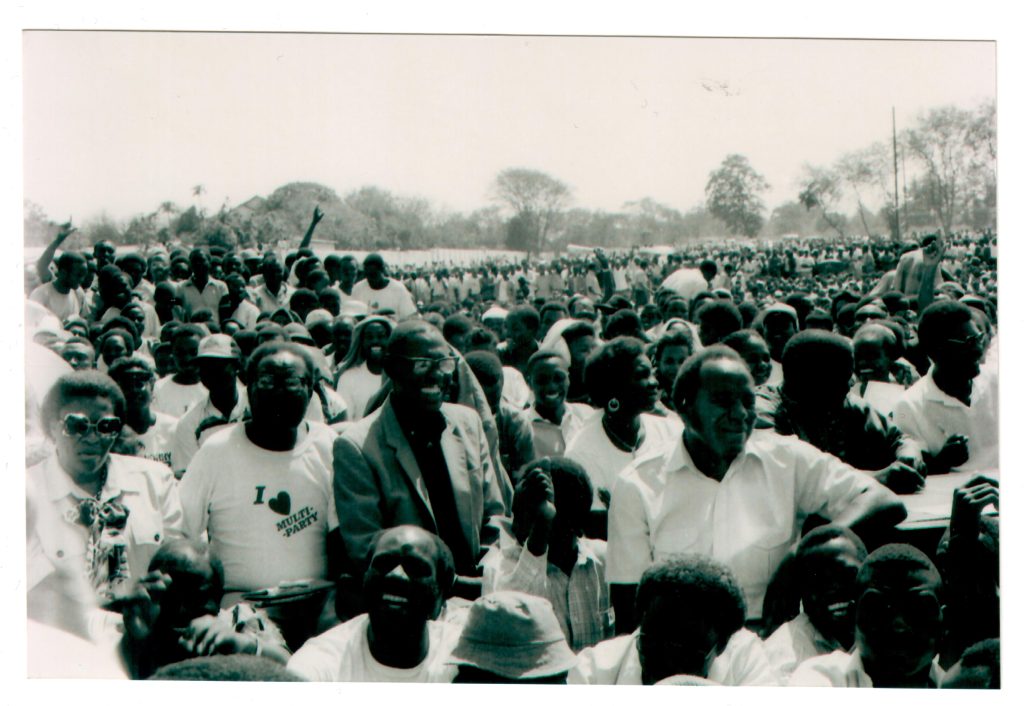
1993 Zambia’s World Cup Contending Team Dies in Plane Crash – Gone but Not Forgotten
On 27th April 1993, a flight carrying one of Zambia’s most promising national teams and their management to a FIFA World Cup Qualifier against Senegal in Dakar crashed into the Atlantic Ocean about 500 metres offshore from Libreville, Gabon, after a refuelling stop. The tragedy sent shockwaves through the country, and the fallen heroes were buried at a state funeral. 19 years later, in 2012, Kalusha Bwalya, a member of the original team and a new Zambian team, raised the AFCON cup in the country where his former teammates perished in the disaster. Thirty years on, Zambia still commemorates the team to this day.
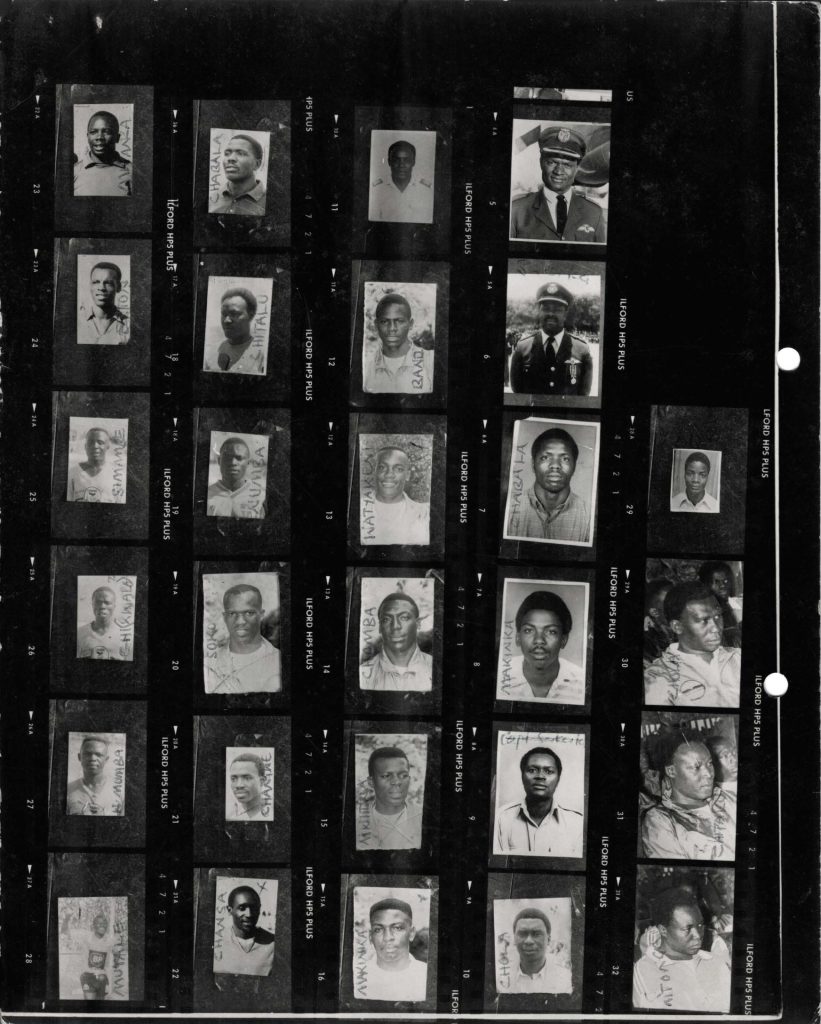
2012 Zambia Wins AFCON Cup – A Jubilation Like No Other
In February 2012, Africans gathered at the Stade d’Angondjé in Libreville, Gabon, to witness the Africa Cup of Nations (AFCON) final between Zambia and Ivory Coast. Underestimated and seemingly inexperienced, Zambia became the underdog, defeating the third-time finalists in a tense penalty shootout, leading to Zambia’s first continental title. The win was dedicated to the fallen heroes of the 1993 Gabon plane crash, a full circle moment.

2015 Zambia’s First Female Vice President – A Progressive Decision
On 26th January 2015, 51 years after independence, Inonge Wina was appointed Vice President of Zambia, becoming the first woman to be elected Vice President. As president of the Young Women’s Christian Association (YWCA), Mrs Wina promoted various women’s human rights agendas in Zambia. Previously married to the late freedom fighter Arthur Wina, Mrs Wina upheld the vision she shared with her husband and instrumented great change in her way.
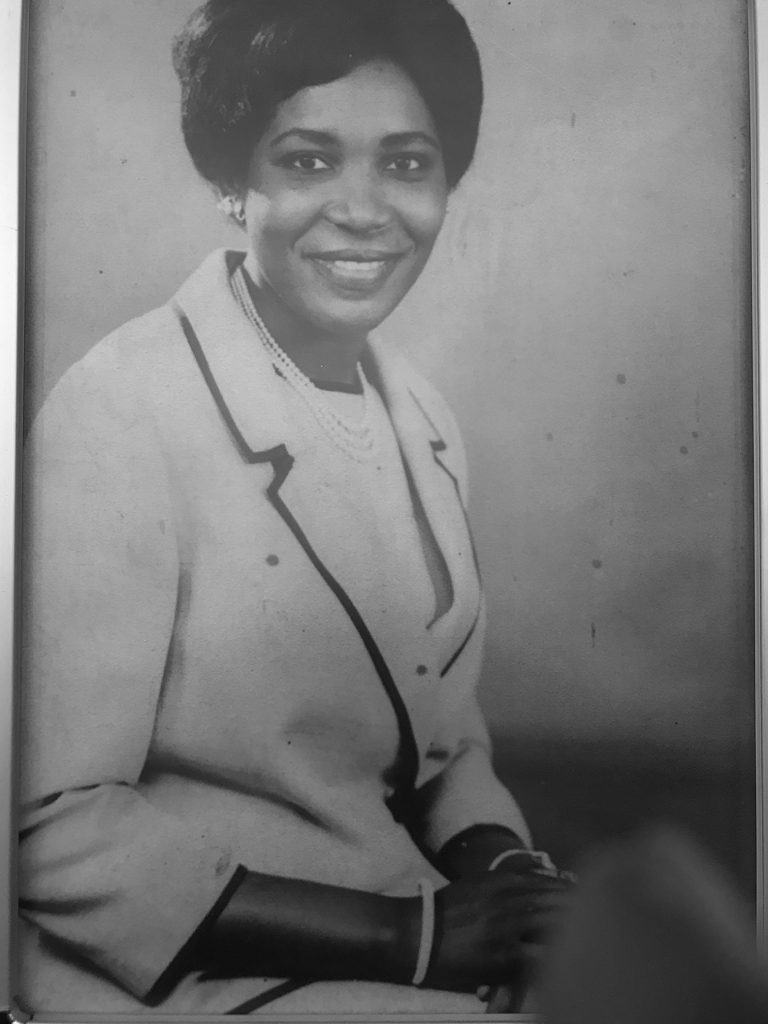

2023 A Booming Hub for Art, Music, Tourism and SMEs – An Unstoppable Zambia
Today, Zambia is a sought-after tourism destination, and technological innovation is all around. Artists like Sampa the Great have put Zambia on the map and are reviving Zamrock for future generations. Zambia also made its first FIFA Women’s World Cup appearance in 2023. The window into the future of Mother Zambia is looking promising. Indeed, Zambia wakulekafye (there is no stopping us).





